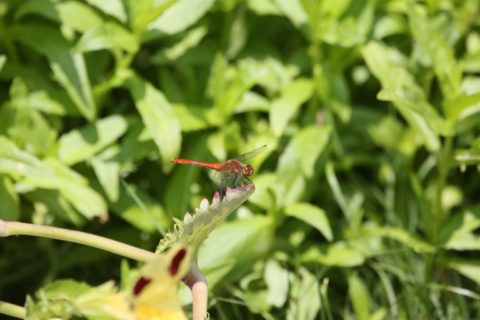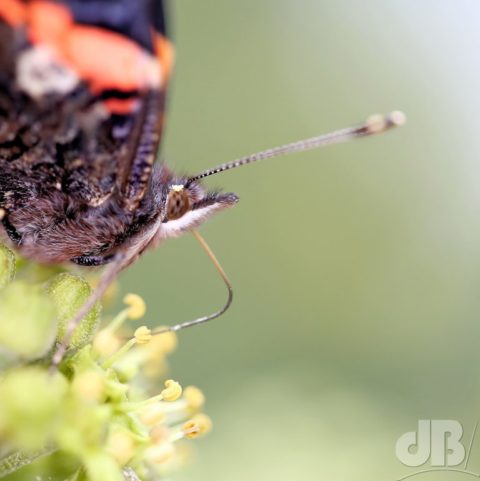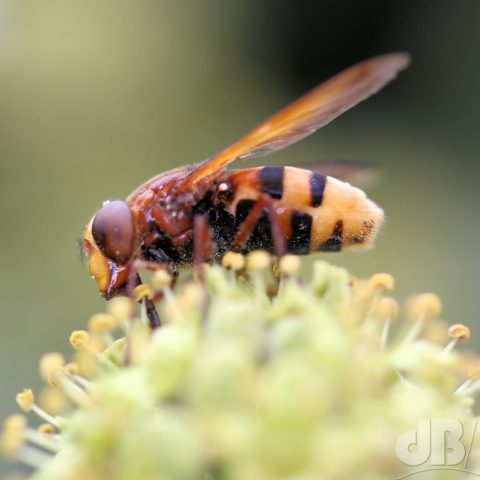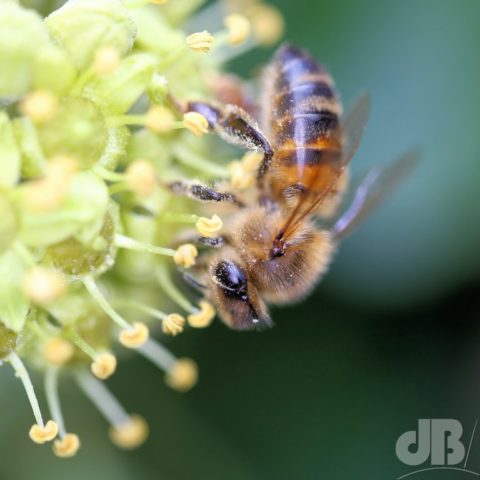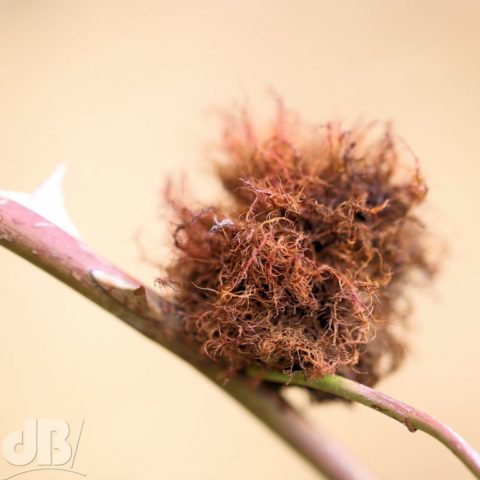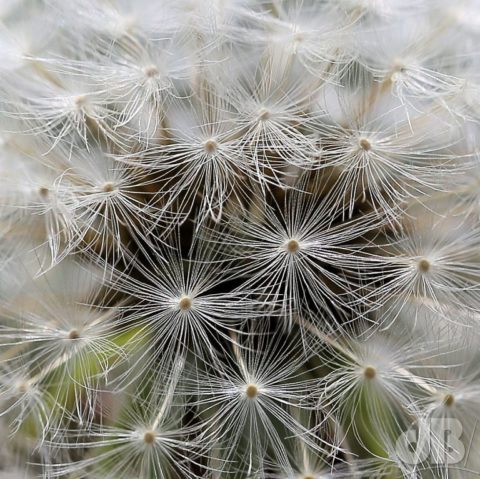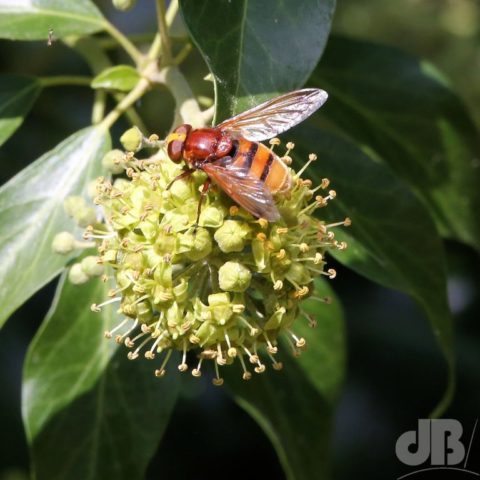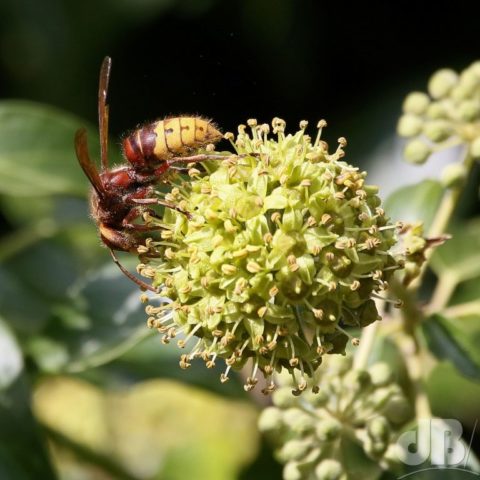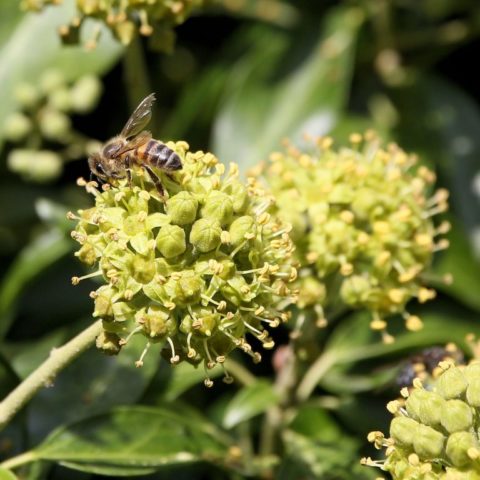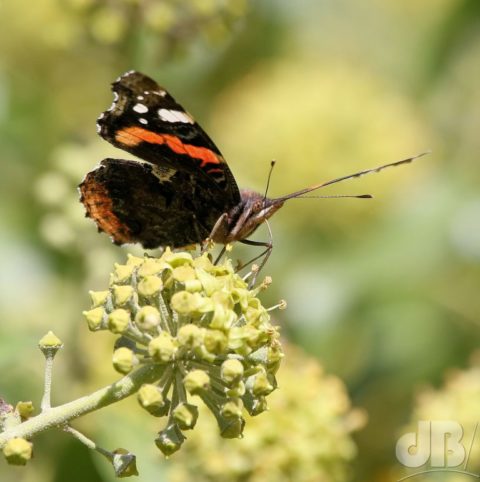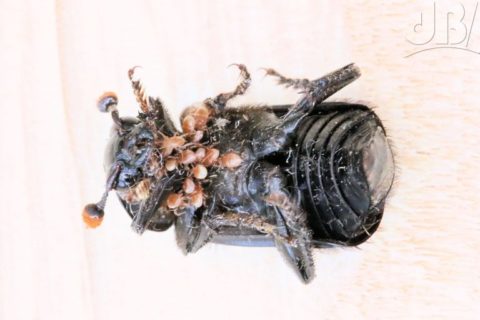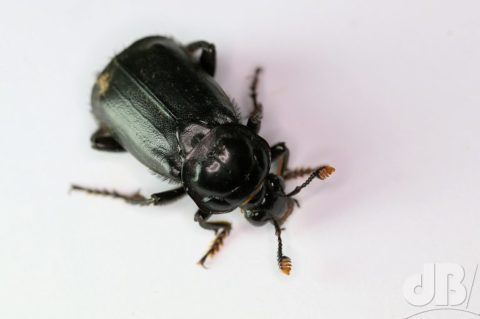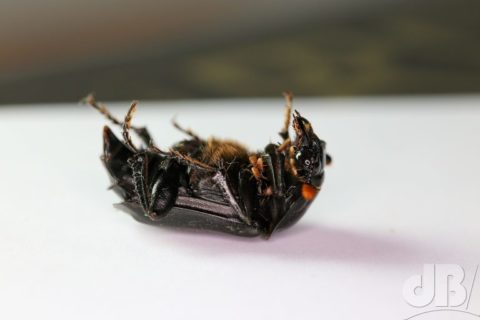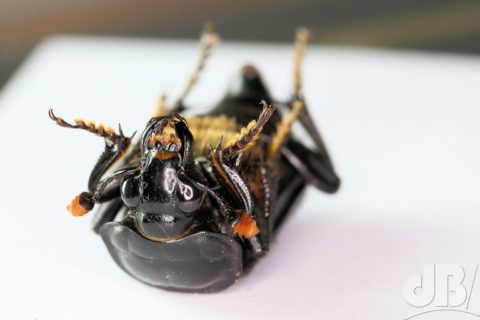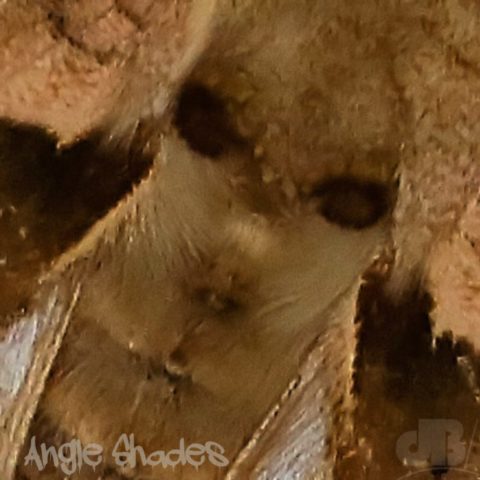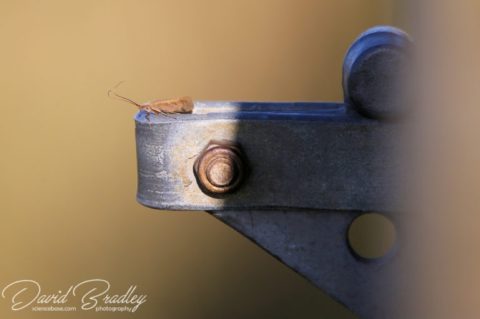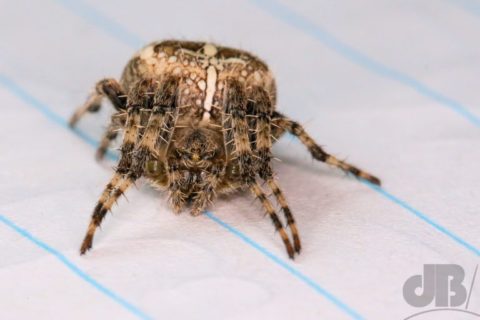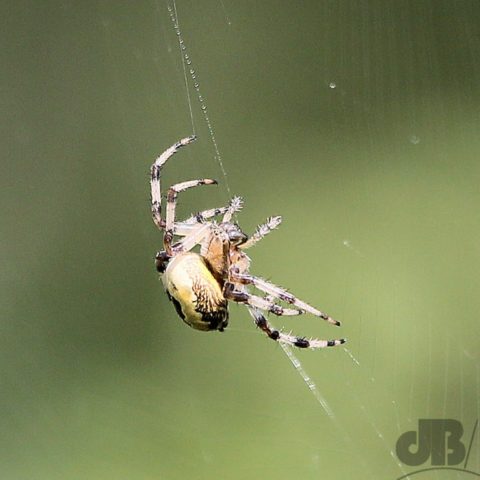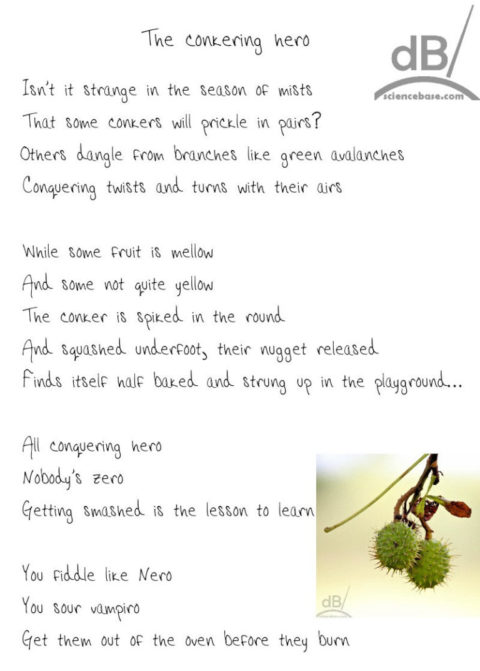It doesn’t seem like five minutes that I was itching to get started photographing the summer migrant bird species. But, it was April that I saw my first Swallow of 2019, House Martins, had been around a few days at that point, and the Swifts came quite a bit later.
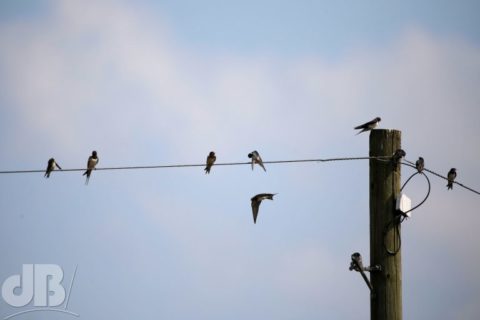 I went looking for the local Turtle Doves today, which were still turring last weekend somewhere in the trees along the recently opened bridleway between Fen Bridge Farm and the Les King Wood, in Cottenham, VC29. I didn’t hear nor see them this time. Maybe they’ve already started their journey back to southern Africa, the Cuckoos are long gone, after all, although Reed Warblers are still chattering in the Balancing Pond and along Cottenham Lode.
I went looking for the local Turtle Doves today, which were still turring last weekend somewhere in the trees along the recently opened bridleway between Fen Bridge Farm and the Les King Wood, in Cottenham, VC29. I didn’t hear nor see them this time. Maybe they’ve already started their journey back to southern Africa, the Cuckoos are long gone, after all, although Reed Warblers are still chattering in the Balancing Pond and along Cottenham Lode.
The Swallows on the barn at Broad Lane seem to be gathering together on the overhead wires, lots of youngsters perhaps wondering why. There were about fifty on one wire and a dozen or so on the barn roof. Will they soon be gone? It’s only mid-July and the Painted Ladies forecast a hot, dry summer to come and abundance of their thistle-eating caterpillars (#AllotmentLife). Indeed, the Swallows were still here at the end of August 2018, but it was an exceptionally hot and dry summer that seemed to start in May and carry on through to September with little respite. Who knows? When they’re gone, they’re gone.
I mentioned the so-called June Gap in butterfly activity between Spring and Summer. It’s a bit of #DeceivedWisdom really, there is such huge overlap between species we usually consider to be Spring species and those of the height of Summer that generally emerge in July. Today, I saw lots of Skippers (Large and Small), Whites, (Small and Large) Small Tortoiseshell (no Large), Painted Lady, Peacock, Meadow Brown, Small Heath, Gatekeeper, and new to my photo gallery Marbled White (Melanargia galathea, Linnaeus, 1758). UPDATE: June 2022 – I’ve seen a lot of Marbled Whites in various places since I first ticked the species and photographed it for Sciencebase, even added it to the garden list in June 2022.
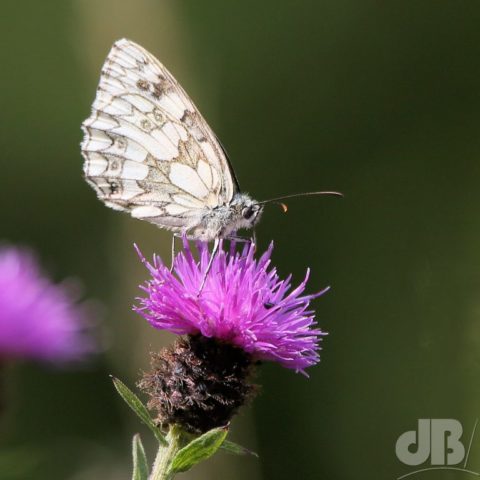
It’s been a while since I mentioned #PondLife. There doesn’t seem to have been any repercussions of last week’s tapwater overkill, overspill. The water is still lovely and clear, the snails seem to be thriving and today I saw a pair of Ruddy Darter dragonflies mating on the wing over and around the water as well as at least one Common Blue damselfly (again). It is becoming a little bit of what I hoped for.
